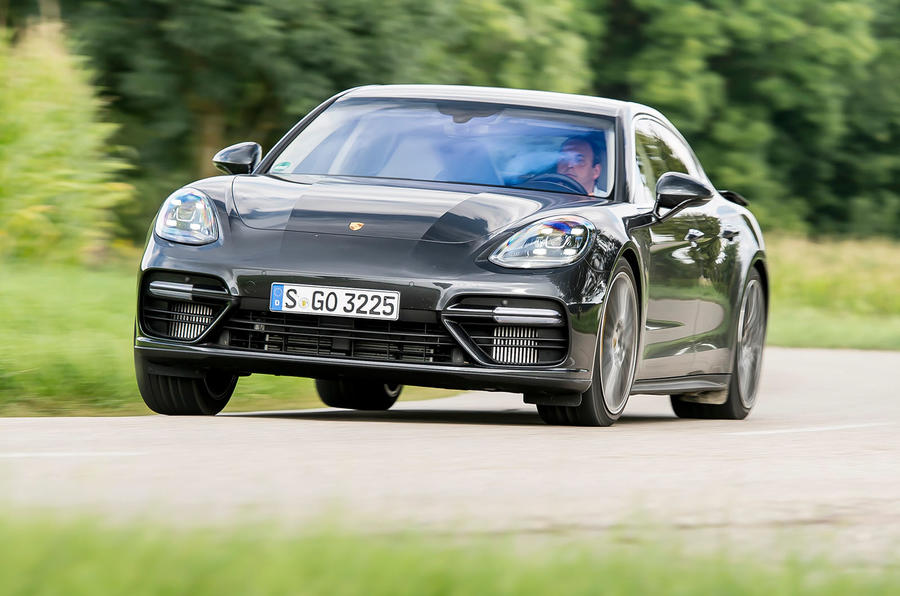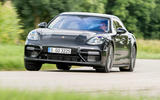What is it?
This is the new Porsche Panamera, the second-generation incarnation of the German car maker's four-door coupé. And when Porsche says new, it means it: this is no facelift nor even a largely redeveloped car worthy of being described as effectively new. This Panamera has a brand new architecture, brand new engines, a brand new transmission and a brand new operating system.
And, of course, a brand new look. Few are likely to miss the shape of the old Porsche Panamera, especially as the new car, while still some distance removed from gorgeousness, is such an improvement: bigger in every dimension, it contrives to appear sleeker and more like the 911 that so many Panamera owners would drive if only it were suited to their domestic or professional lives.
The range at launch will comprise a 2.9-litre twin turbo V6 and a 4-litre V8 diesel, with a V6 diesel to come, but the first car we have been allowed to drive is the full-fat, maxed-out Turbo complete with four-wheel steering, carbon ceramic brakes, 21in rims and a Sport Chrono pack.
Its 4.0-litre V8 is unrelated to Audi’s 4.0-litre V8 and has its turbos buried inside the vee, all the better for response and fast warming. It may have lost eight-tenths of a litre of capacity over its predecessor, but it has gained 30bhp to reach 542bhp and comes with a healthy additional slug of torque, too, achieved at somewhat lower revs.
What's it like?
Instantly impressive. The moment you sink down into the Panamera’s stoutly bolstered front seat, you find yourself looking out over an interior seemingly an entire generation removed from any other Porsche save the 918 Spyder. This is a world where touch-sensitive surfaces have almost entirely replaced fusty old buttons, where ultra-high-definition screens (three of them) present an extraordinary amount of information and options in such a way as not to bewilder or intimidate the first-time user.
It is not just beautiful (at least until it becomes covered in fingerprints) but it works brilliantly, too. Porsche has allowed just one look over its shoulder, in the form of the central analogue rev-counter: part of the Porsche furniture for better than 60 years, it seems that someone high up couldn’t bear to lose it.
You start it by turning a switch rather than pushing a button. The engine doesn’t thunder or roar but just burbles into life with far less theatre than, for instance, Mercedes’ own 4.0-litre twin turbo V8 or, I should say, Porsche’s old V8.
The Turbo is the only Panamera to ride on air springs as standard and it glides away from rest as might a large luxury saloon, which should come as no surprise once you realise it’s less than 5cm shorter than the brand new BMW 7-series and 35mm wider. It may still look like a coupé but this is a vast car, with all the good and bad that implies.
I drove it in southern Germany so job one was to fling it down an unrestricted autobahn. Yet when I pinned the throttle to the floor I was slightly disappointed. The engine tone hardens as the gearbox instantly selects the ideal ratio, but it doesn’t feel quite as stupidly rapid as I’d hoped. Then I looked at the readout and was shocked to see what it said: it’s not the speed that’s been removed, merely the sensation.
Indeed, I can’t recall another car more skilled at acquiring speed without its driver noticing. The roads were busy and I only found enough safe space for a short squirt up to 165mph, at which point it was still head down and charging hard enough to suggest its claimed 190mph top speed is conservative even by Porsche’s notoriously conservative standards.
























































Join the debate
Add your comment
Panameric view
Don't much care for it either
...unrelated to Audi’s 4.0-litre V8